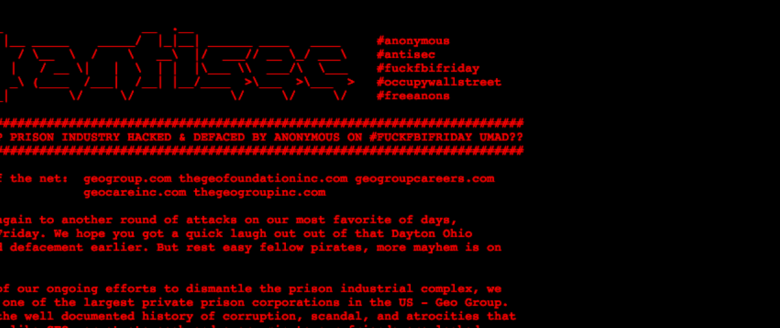How Antisec Died - The feds' guide to bringing down a hacker from the inside
First, an introduction: I write about hackers, and for the past few years that has meant I write about Anonymous. At the time of the Stratfor hack I was working for Wired covering Anonymous — notably the antics of Antisec anons much of the time. I had missed the Lulzsec period, which I spent under federal investigation myself. From February to July of that year I stayed away from the hacker world, unsure if my computer would be seized and unwilling to draw my sources into a possible fishing expedition.
By the winter of 2011, I was making up for lost time. I’d become deeply involved with the day to day lives of active anons working on all sorts of actions, from Occupy support to street protests. And of course, I talked with members of Antisec on a daily basis. In accordance with my rules for coverage, no communication with anyone in Anonymous was ever logged unless it was an on-the-record interview permitted for printing. Even then, my notes didn’t preserve handles, the format of communication, or even urls of places we’d communicated. I never knew who anyone was in real life, and made it publicly clear that I would never work with any anon who revealed their identity to me.










































































